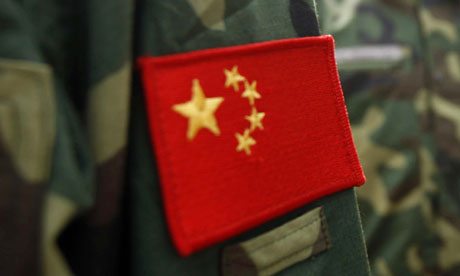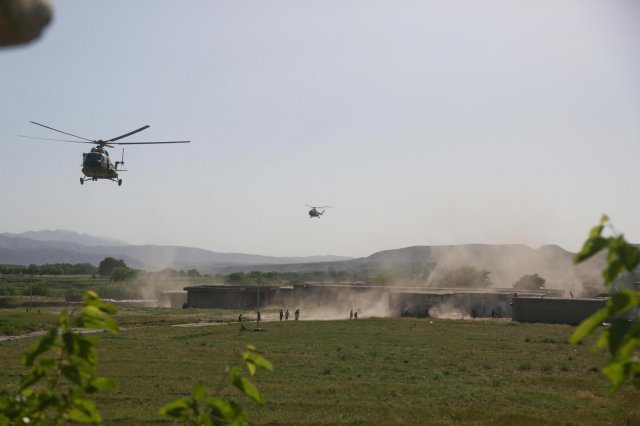Chinese hackers have stolen top-secret blueprints to Australia’s new intelligence agency headquarters, a report said Tuesday, but Foreign Minister Bob Carr insisted ties with Beijing would not be hurt.
The Australian Broadcasting Corporation said the documents taken in the cyber hit included cabling layouts for the huge building’s security and communications systems, its floor plan, and its server locations.
Carr said the government was “very alive” to the threat of cyber attacks on national security, adding that “nothing that is being speculated about takes us by surprise”.
But he refused to confirm or deny China was behind the attack.
“I won’t comment on whether the Chinese have done what is being alleged or not,” he said.
“I won’t comment on matters of intelligence and security for the obvious reason: we don’t want to share with the world and potential aggressors what we know about what they might be doing, and how they might be doing it.”
While Australia has a long-standing military alliance with the United States, China is its largest trading partner and the two countries have been forging closer ties.
Carr insisted that the relationship would not be damaged by the allegations, which follow several other hacking attacks on government facilities in the past two years.
“It’s got absolutely no implications for a strategic partnership,” he said. “We have enormous areas of cooperation with China.”
The revelations saw Canberra came under pressure to launch an independent inquiry into the “sorry saga” by opposition politicians, but Prime Minister Julia Gillard declined to comment on “these unsubstantiated reports”.
The state broadcaster’s investigative Four Corners programme said the attack on a contractor involved with building the new Canberra headquarters of the Australian Security Intelligence Organisation was traced to a server in China.
It cited security experts as saying the theft exposed the agency to being spied on and may be the reason for a cost blowout and delays to the opening of the building, which was supposed to be operational last month.
Des Ball, from the Australian National University’s Strategic and Defence Studies Centre, said the blueprints would show which rooms were likely to be used for sensitive conversations, and how to put devices into the walls.
“Once you get those building plans you can start constructing your own wiring diagrams, where the linkages are through telephone connections, through wi-fi connections,” he was quoted as saying.
The report, which did not say when the alleged theft took place, comes amid deepening concern about aggressive state-sponsored hacking by China.
In 2011, the computers of Australia’s prime minister, foreign minister and defence minister were all suspected of being hacked, with the attacks reportedly originating in China.
At the time, Canberra said cyber attacks had become so frequent that government and private networks were under “continuous threat”.
Beijing dismissed the allegations as “groundless and made out of ulterior purposes”.
Earlier this year, computer networks at the Reserve Bank of Australia were hacked, with some said to be infected by Chinese-developed malware searching for sensitive information.
This followed Chinese telecoms giant Huawei being barred in 2012 from bidding for contracts on Australia’s ambitious Aus$36 billion (US$35 billion) broadband rollout due to fears of cyber attacks.











